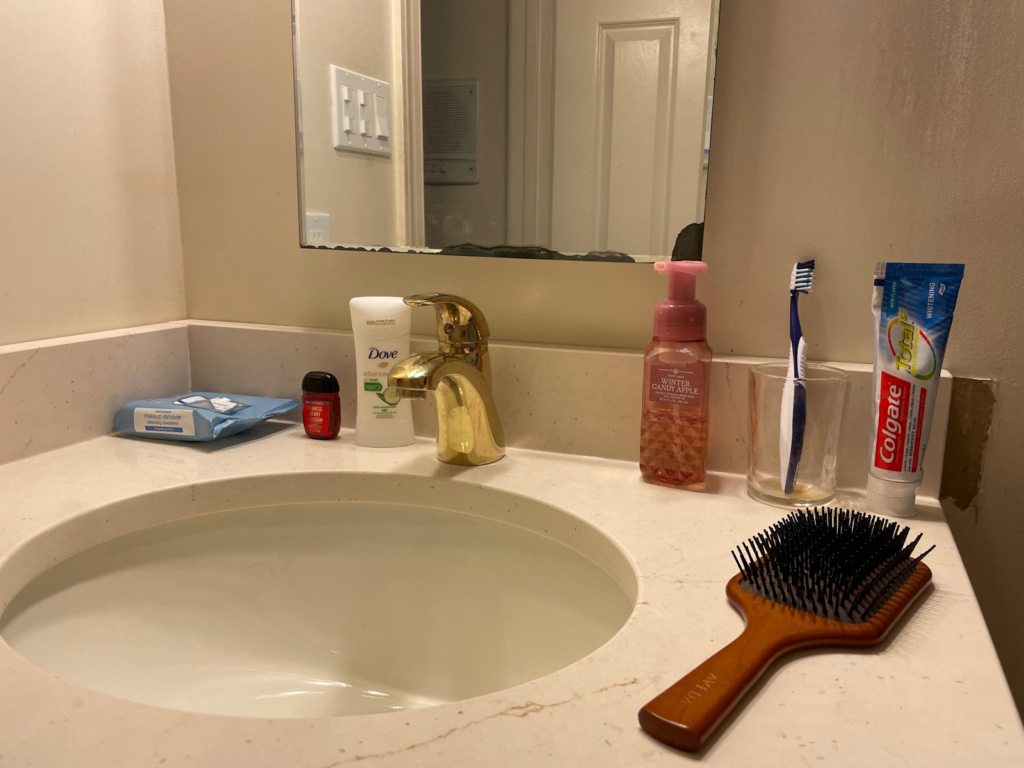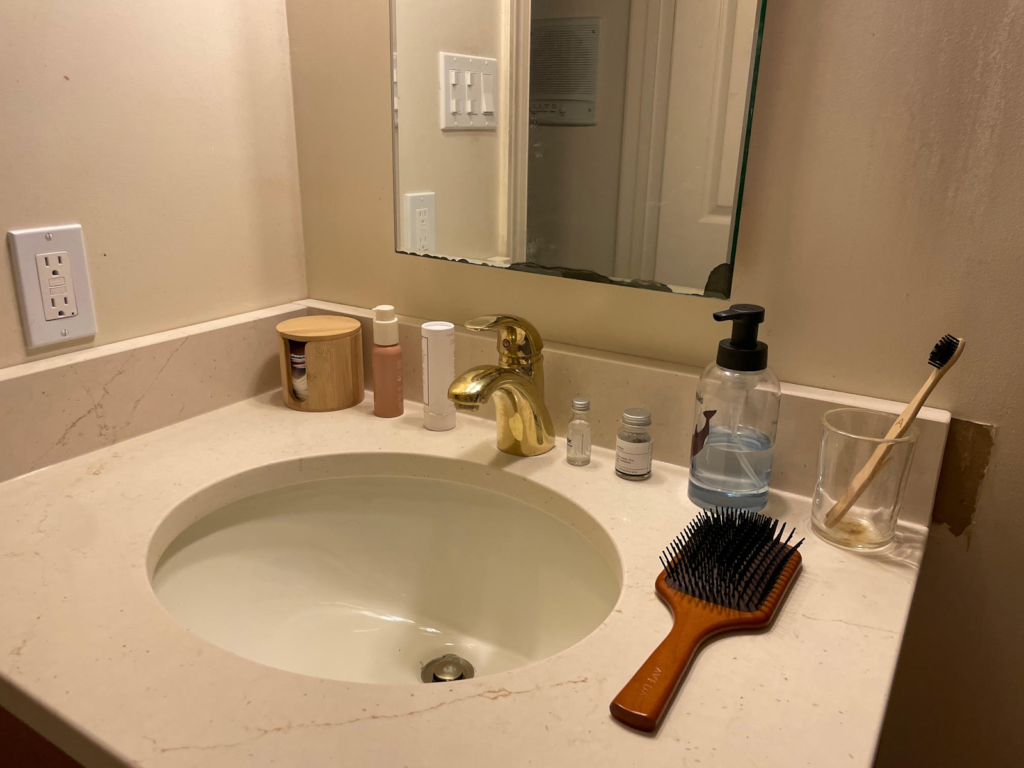End Plastics
Making your daily hygiene and sink-based routines ocean friendly
June 8, 2021
Americans on average create 4.9 pounds of waste per person per day. Only 32% of the total municipal solid waste in the US is recycled or composted, while the remaining is trashed. With a total of 7.9 billion people living in the world, we collectively throw away billions of pounds of waste each year — most of which isn’t disposed of properly and finds its way to landfills or into our natural environment.
On average, 8 million metric tons of plastic ends up in our oceans each year, wreaking havoc on wildlife and natural processes. The key to saving our oceans and local marine ecosystems is to reconfigure our personal waste habits and limit our plastic use.
Need an extra push to get started going plastic free? I’ll show you just how I did it by starting small and thinking big.
After transitioning to a plastic-free shower (read more here), I moved onto making my sink-based routines plastic free. Looking at the overwhelming amount of plastic on my sink counter, I realized that I needed to do something about it. Many of the products that we use for hygiene purposes — toothbrushes, toothpaste, soap, deodorant, hand sanitizer — are packaged in single-use plastic containers.


Oftentimes, people don’t recycle or don’t do so correctly because it’s confusing to understand what can or can’t be recycled and how. For example, some containers for deodorants must be disassembled and toothpaste tubes mailed back to manufacturers in order to be properly recycled instead of trashed. An easier solution is purchasing products that are entirely recyclable, compostable and plastic free.
I purchased glass bottles that can be reused for hand soap by using water-activated tablets, natural (paraben, sulfate and aluminum free) deodorant sold in recyclable push tubes and hand sanitizer sold in aluminum cans with reusable pumps. I even discovered a plastic-free toothpaste alternative by using toothpaste tablets that I bite down on and active with water along with my compostable toothbrush.
Overall, I’m now spending about $276 per year on my sink products versus the $288 per year I spent when they were plastics based. The prices are quite comparable, meaning you don’t have to spend more money to have a plastic-free sink. All it takes to get started is some research and a little bit of trial and error to make an impact.
Up-and-coming companies understand that the plastic-free movement isn’t going away anytime soon, and that to stay in the game they have to adapt their products for climate literate and eco-conscious citizens. You can make a pledge this World Ocean Day to switch out one product at a time to a plastic-free substitute. Over time, the benefits will add up and we can begin reducing the amount of plastics we encounter on a daily basis.
For more tips and tricks on how to reduce your overall plastic consumption sign up for EARTHDAY.ORG’s End Plastic Pollution campaign. Become a member to support our work against plastic and to join a growing community of environmental advocates working to protect the planet we all rely on.
This blog is the second of a three-part series on how to make your routines plastic free from the lens of one of our interns, Miranda Custer. Read the first blog to learn how to make your shower plastic free. Keep an eye out for the final blog during the month of Plastic Free July focused on household cleaning and how to get the whole family involved.
